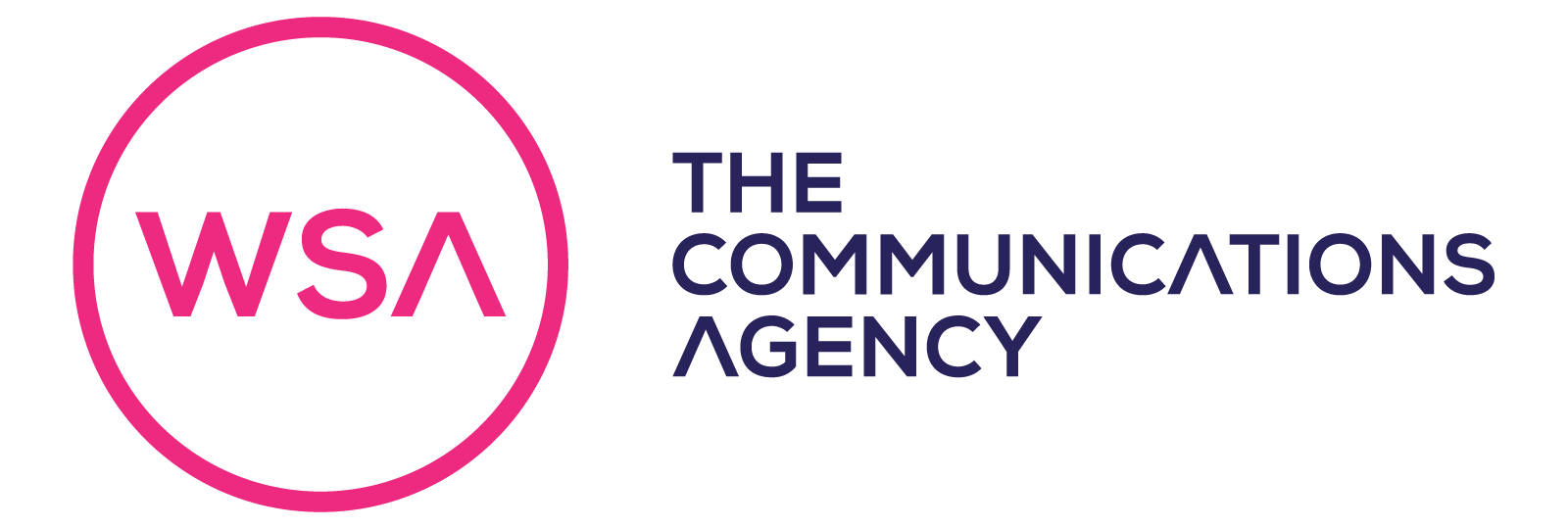When it comes to data privacy, there’s lots of discussion around how the ‘death’ of the third-party cookie will impact the digital advertising landscape. After Google’s announcement that all third-party cookies will be blocked from Chrome browsers, it’s important to understand what this means for advertisers and how Google’s ‘Privacy Sandbox’ will look to replace this technology. But first, let’s get to grips with some key questions…
So, what exactly is a third-party cookie?

No, it is not a delicious baked treat passed down by three different people, but rather a script or tag created by domains to use for online advertising purposes. A third-party cookie can be loaded on any website and set via a third-party server, so in essence, is accessible when the website it is on loads their code. A good example of how this works is summarised well by Cookie Pro. If you decide to search for red trainers and green gloves on Amazon, but decide to buy the red trainers over the gloves, you may find that you receive promotional retargeted ads enticing you to reconsider buying the green gloves even after you have finished your browser session. The ad cookie for the gloves is generated by another website – not Amazon itself – which is the key differentiator between first-party and third-party cookies. Third party cookies build up the basis of programmatic advertising and allows advertisers to understand more about a web visitor’s behaviour, their interests and consumer habits.
Why are third-party cookies being phased out?
With the implementation of stricter data protection rights through GDPR and the California Consumer Privacy Act and the need for explicit user consent to store data, browsers and apps are placing emphasis on first-party data activity instead. Whilst phasing out third-party cookies may strike fear in some marketeer’s minds, it’s more about using this opportunity to improve the way we collect and measure user metrics that do not rely on cookies through big box data sources and different ways of data input.
When is this happening?
Some browsers such as Firefox and Safari have already adopted a ban on third-party cookies, but Google’s original announcement to phase out third-party cookies from their Chrome was set to come into effect in 2022. With an estimated 64.67% usage share in October 2021, Chrome is one of the most widely used browsers on desktop, mobile and tablet – so any ban on third-party cookies on Chrome will have a bigger impact on data insights due to the larger audience share on Chrome. After consideration, Google made an update in June 2021 on their blog to announce that the third-party cookie ban on Chrome will be rolled out from mid-2023. This is to allow more time for development of their Privacy Sandbox solution, rigorous testing and initiatives such as the Federated Learning of Cohorts (FLoC) which requires consultation and agreement with other browser providers and tech organisations and looks to create groups of users that can be still be targeted with ads, albeit in a part-anonymous decentralised system owned by Google.
What does this mean for marketeers?

Confused? Don’t worry. Whilst there are wider industry concerns about the monopolisation of digital advertising, the end goal is to preserve data privacy of users meaning marketeers should consider alternatives to third-party data advertising options now before the change comes into effect for Chrome in 2023. There will no doubt be more updates on the advancements on Privacy Sandbox and other cookie-less tools in the coming months, it is important to keep reading on the subject and focus on software systems and marketing strategies that use authenticated first-party data targeting (i.e. obtaining GDPR compliant specific consent through data capture forms to capture user data) or anonymous targeting (i.e. contextual advertising based on keywords/topics).
This does mean that whilst the forms of personalisation of ads will be in significant decline, the rise in machine-learning systems and AI based profiling will help marketeers to create and deploy advertising campaigns that puts privacy at the forefront.
